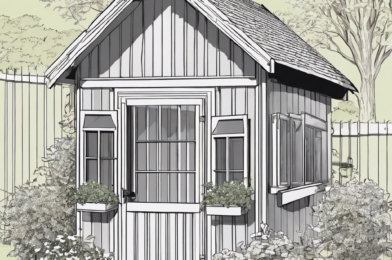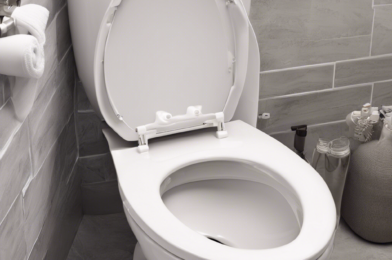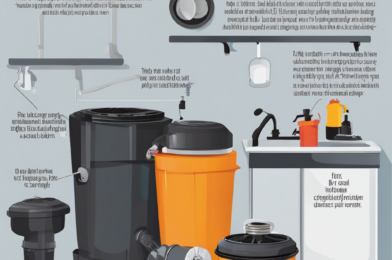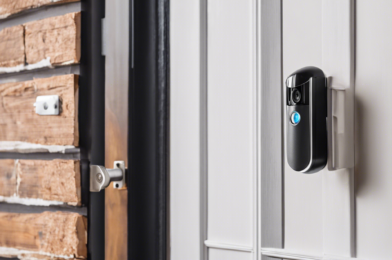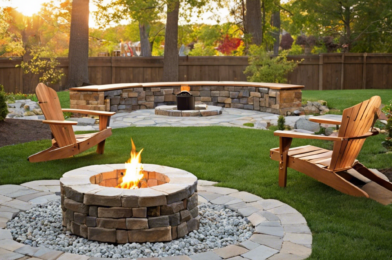Building a garden shed can be a rewarding project for any homeowner looking to expand their outdoor space and storage capacity. Whether you’re an avid gardener or simply need a place to stow away tools and equipment, a well-built shed can transform your backyard into a functional and organized haven. So, roll up your sleeves and get ready to embark on this DIY adventure!
First things first, you’ll need a solid plan. Start by measuring the available space in your garden and deciding on the shed’s size. Consider the purpose of the shed: will it be primarily for storing gardening tools, or do you envision it as a cozy retreat for potting plants and enjoying a quiet cup of tea? Your intended use will dictate the shed’s layout and features.
– A simple 6×8 feet shed is a great starting point for beginners and offers ample storage space. However, if you’re feeling ambitious and have the room, you can opt for a larger design.
When it comes to materials, wood is a popular choice for its natural beauty and ease of construction. Consider using pressure-treated lumber to ensure durability and resistance to rot. Alternatively, if you prefer a low-maintenance option, vinyl or metal sheds are excellent choices, offering long-lasting performance with minimal upkeep.
Here’s a basic plan to get you started: Begin with a sturdy foundation, such as a concrete slab or pressure-treated wood skids. Construct the frame using 2×4 lumber, ensuring it’s square and level. Add wall panels, a roof, and windows, then finish with roofing material and any desired paint or stain.
Pay attention to local building codes and regulations to ensure your shed meets safety standards. Permits may be required for certain sizes and structures, so be sure to check with your local authorities before you begin construction.
